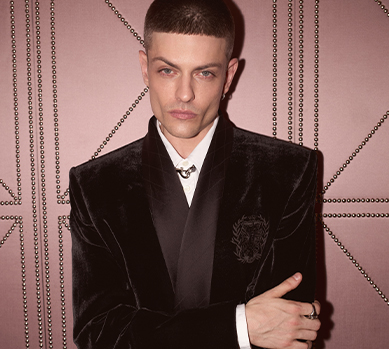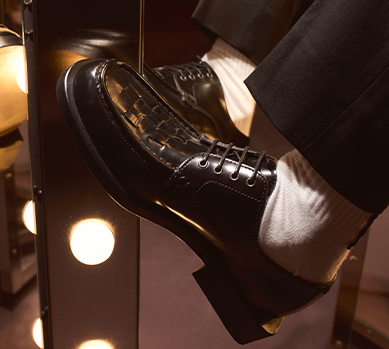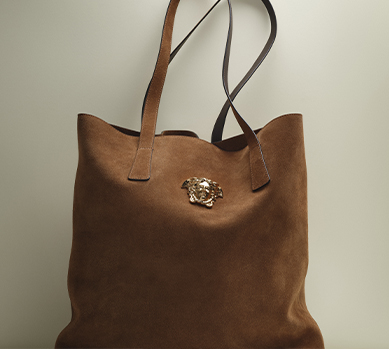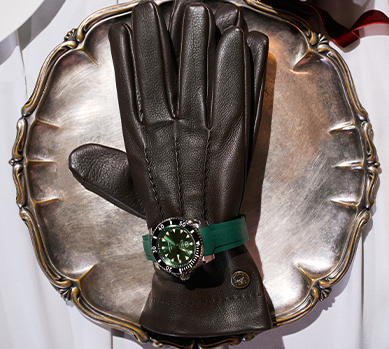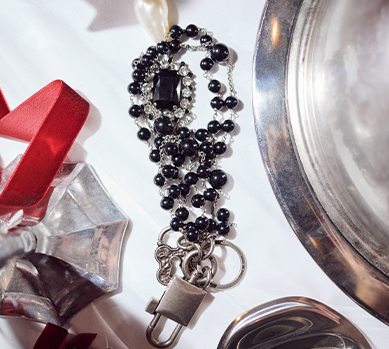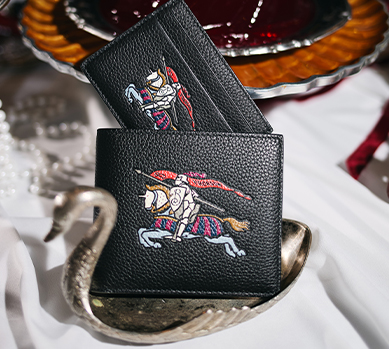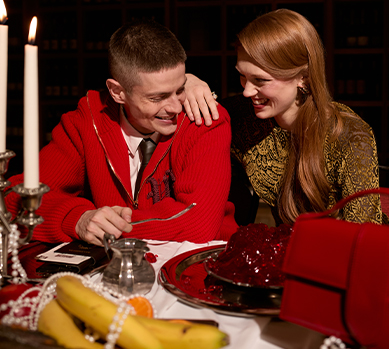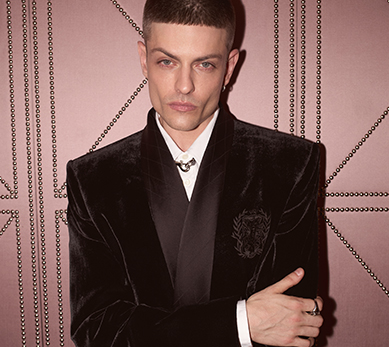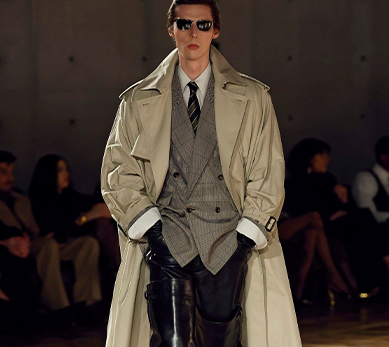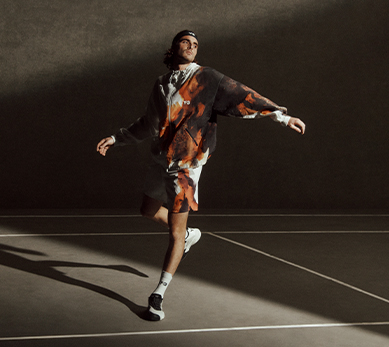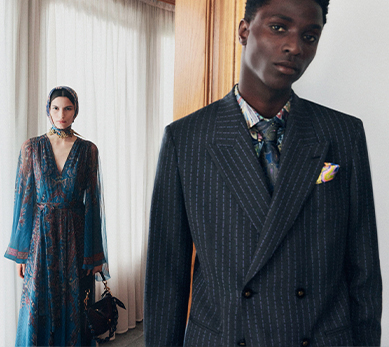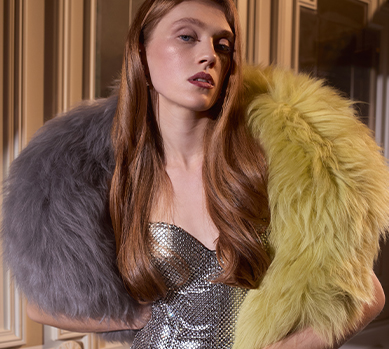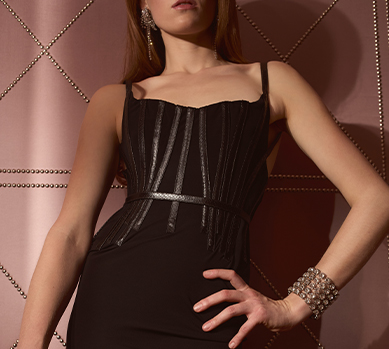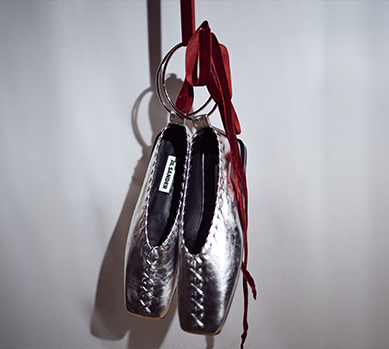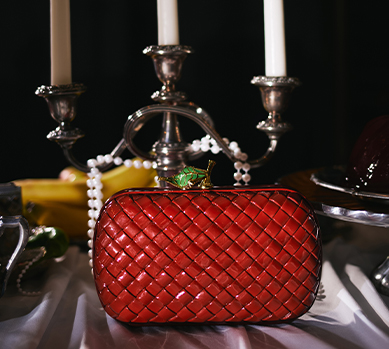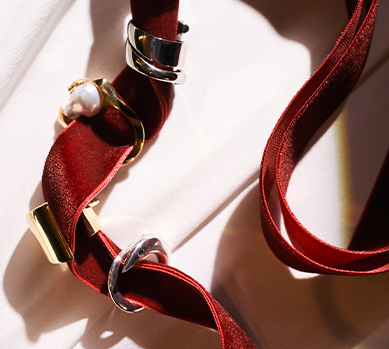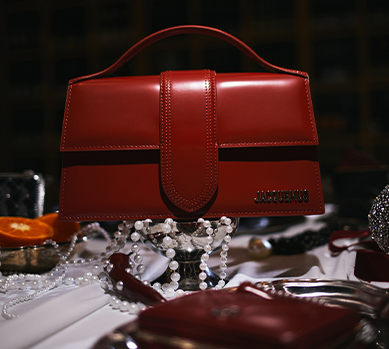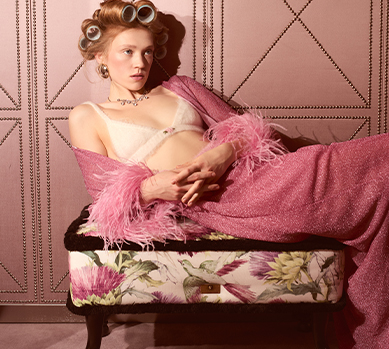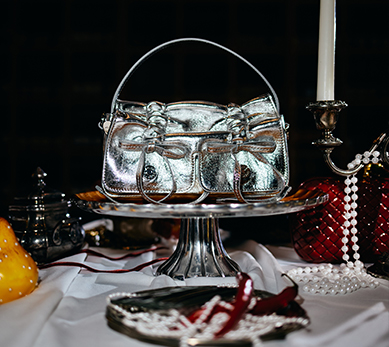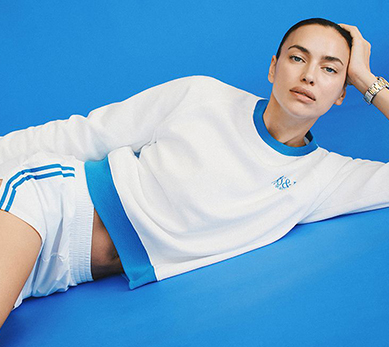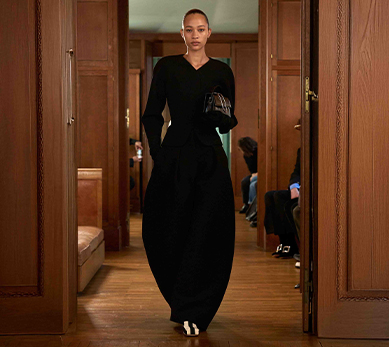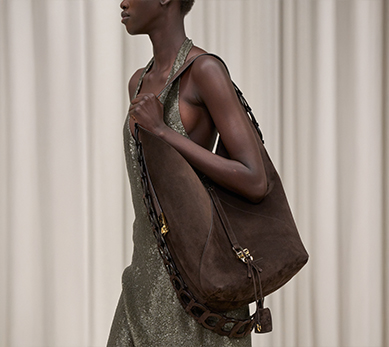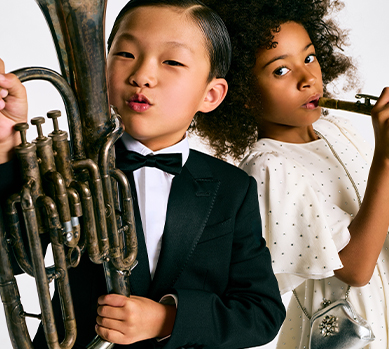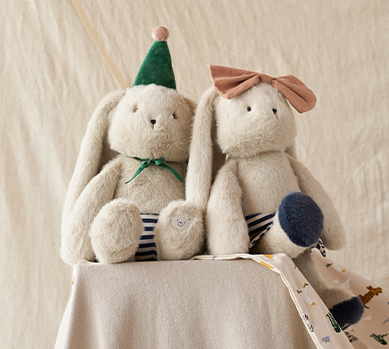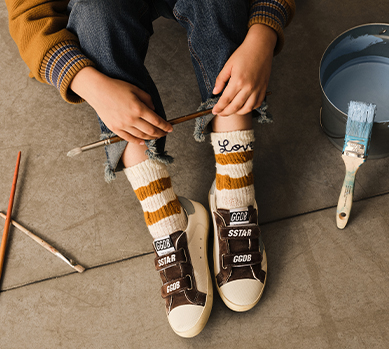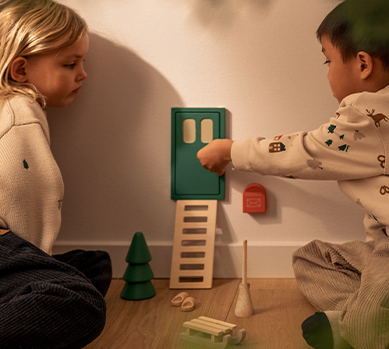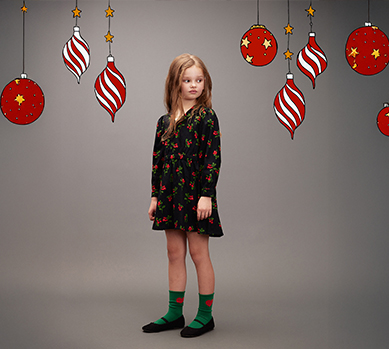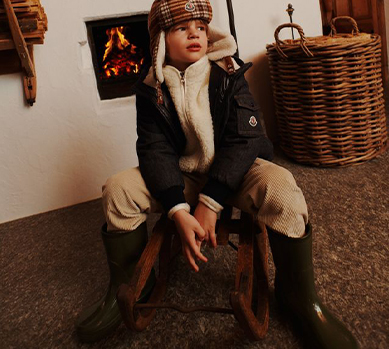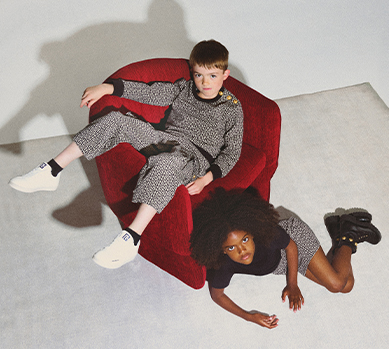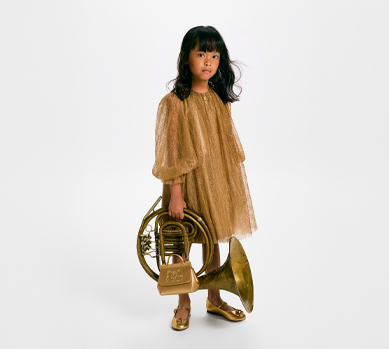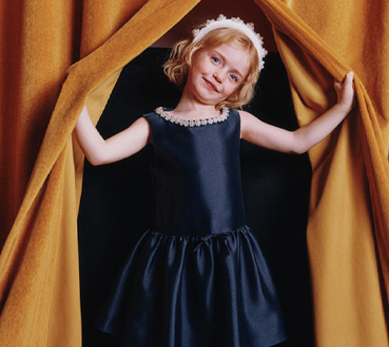What is Color Analysis in Fashion?
Fashion

Discover the power of color analysis and find shades that enhance your natural beauty. Learn how to build a wardrobe truly tailored to you.
If fashion is your passion, you surely know how big a role colors play in creating an image. But have you ever wondered why some shades make you glow, while others dull your natural radiance? This is where color analysis comes in. It's both an art and a science, allowing you to discover your individual color palette.
Color is More Than Just Aesthetics
Think of it this way: the colors you wear close to your face – on blouses, scarves, in makeup – act like specific filters. They can enhance your eye color, give your complexion a healthy glow, and even visually smooth out minor imperfections. On the other hand, poorly chosen colors can make you look tired, sad, and make under-eye circles more prominent. Sound familiar? Interestingly, studies show that first impressions of another person are often formed within just a few seconds, and clothing color plays a significant role in this process.
Color analysis is a process that helps identify those shades that harmonize best with you. It's not about limiting yourself to a few favorite colors, but about consciously building a wardrobe that truly serves you, by choosing the right clothes for women or men.
Your Skin Reveals Its Secret
The basis of color analysis is understanding your natural coloring. And no, we're not talking about whether you have a light or dark complexion. The key is something much more subtle – your skin's dominant undertone.
Warm, Cool, or Maybe Neutral?
Simply put, undertones are divided into:
- Warm: Golden, peachy, olive undertones. Your skin might tan easily to a golden brown, and the veins on the inside of your wrist have a greenish hue. Jewelry? Gold often looks stunning on you.
- Cool: Pink, bluish, violet undertones. Your skin might burn easily or tan with difficulty. Veins are more likely blue or purple. Silver is your ally.
- Neutral: A mix of warm and cool tones, or no clear dominance of one over the other. You probably look good in both gold and silver.
Determining your undertone is the first, fundamental step. But don't worry, it's not a test you can fail. Sometimes it takes the trained eye of a specialist to precisely identify these nuances.
Besides undertone, the level of contrast in your features is also important – meaning the difference between your hair color, eye color, and skin tone. High contrast would be, for example, dark hair and fair skin. Low contrast is when these elements are closer in color. All of this makes up your unique color code.
What Season Are You?
Once we know the undertone and contrast, we can move on to a more visual classification system: color seasons. This is probably the most well-known part of color analysis. Spring, Summer, Autumn, Winter – each of these seasons has its characteristic color palette that perfectly complements a specific type of beauty.
Imagine the colors of nature in each of these seasons:
Spring is an explosion of fresh, warm, and clear colors – like blooming orchards and the first rays of sunshine. Think peach, coral, light green, turquoise.
Summer brings muted, cool, and slightly subdued shades – like a sun-drenched beach at sunset or lavender fields. Blues, powder pinks, grays, mint.
Autumn envelops us in warm, deep, and earthy colors – like golden leaves and ripe fruits. Russet browns, olive green, mustard, burgundy.
Winter is the kingdom of clear, cool, and intense colors – like sparkling snow and the deep night sky. Snow white, jet black, fuchsia, emerald, cobalt.
It sounds poetic, but behind these comparisons lies a specific logic of matching shades to your natural beauty. Of course, the seasonal system is a simplification. More extensive classifications exist, such as the 12 or 16-type systems, which define the palette even more precisely. The point, however, is to capture the dominant harmony of your natural colors.
A Meeting with the Mirror and Color
How does a professional color analysis actually work? It's quite a pleasant experience. Most often, it involves "draping." A specialist places fabric swatches or samples in various colors and shades near your face. It's important that this is done in natural daylight, without makeup, and against a neutral background.
The specialist then observes how each color affects your complexion:
Does your skin glow, or does it become gray and dull? Do your eyes sparkle, or do they seem tired? Do your lips look fuller and healthier? Are any redness or shadows less or more visible?
The result of such an analysis is your individual color palette. You'll learn which colors are most flattering for you, what makeup shades will enhance your beauty, and even what hair color will be a home run. This is incredibly practical knowledge. Sometimes, discovering that a color you've avoided your whole life is actually perfect for you can be a real eye-opener.
Your Palette is a Map, Not a Cage
Alright, you have your palette. What now? Does this mean you have to throw out half your wardrobe and only wear these "prescribed" colors? Absolutely not. And here we come to a very important point. Color analysis is a guideline, an inspiration, not a rigid set of rules meant to limit you. You decide which paths you'll take.
You can choose different shades within your palette – lighter, darker, more or less saturated.
You can combine colors from your palette into surprising yet harmonious outfits.
If you love a color from outside your main palette, try wearing it further from your face – for example, as women's pants, skirts, or accessories. It's a small compromise.
It's often said that black suits everyone, right? And yet, for some beauty types, especially more delicate ones, pure black near the face can be too overwhelming. But does that mean you have to give it up? Not necessarily. Maybe it's enough to choose charcoal or anthracite, or to pair black with a color from your own palette right near your neck, for example, with a women's sweater or a scarf. It's all a matter of conscious choice.
Summary
Discovering your color palette is like acquiring a secret weapon in the world of fashion. Suddenly, shopping becomes easier and more thoughtful. Instead of impulse-buying another blouse that then sits at the bottom of your closet, you start choosing items that truly serve you. Your wardrobe becomes more cohesive, and you gain confidence knowing you look great.
Colors have incredible power. They can influence our mood and how others perceive us. Consciously using color is a skill that pays off not only in fashion but in many other aspects of life.


